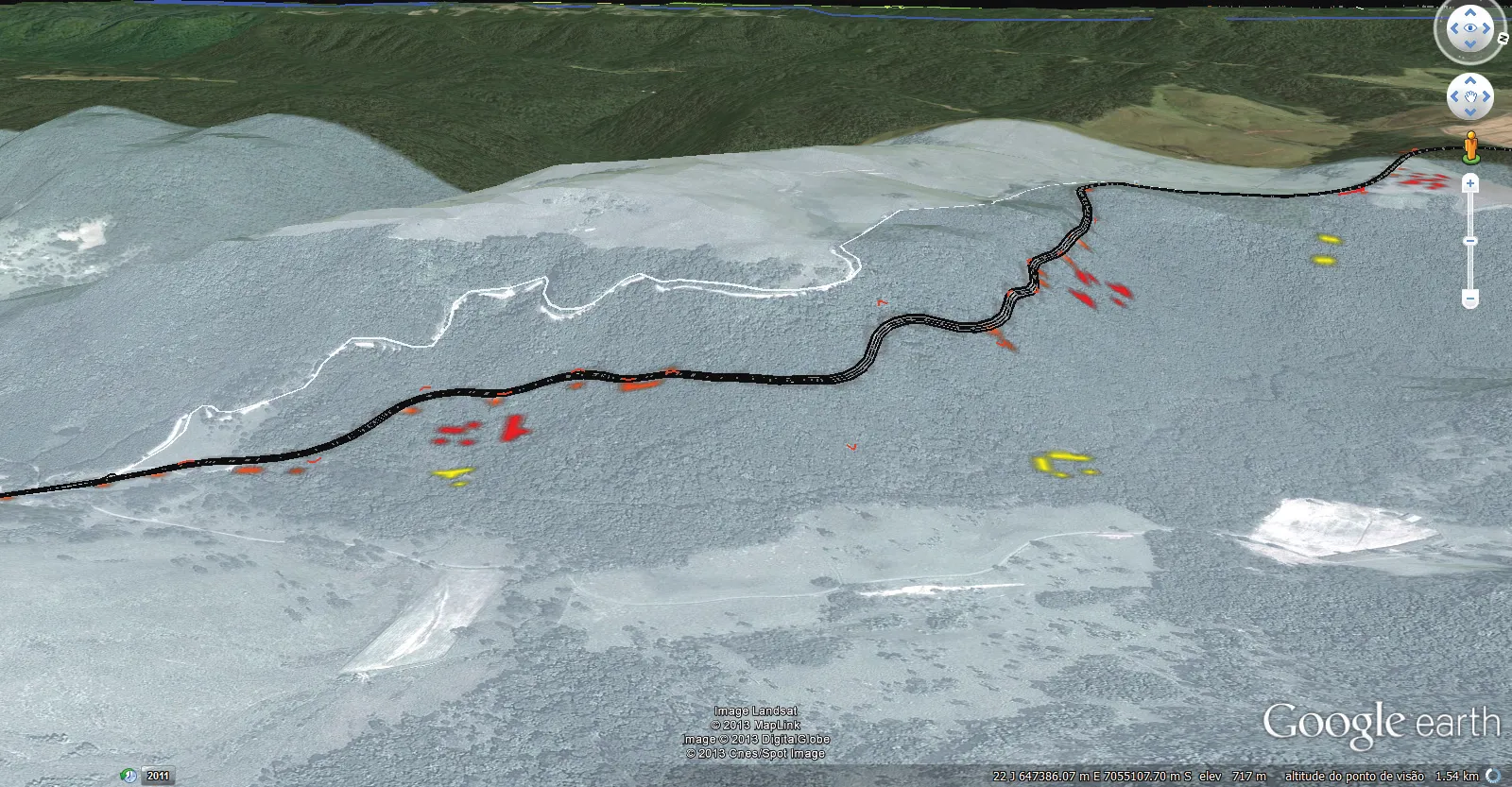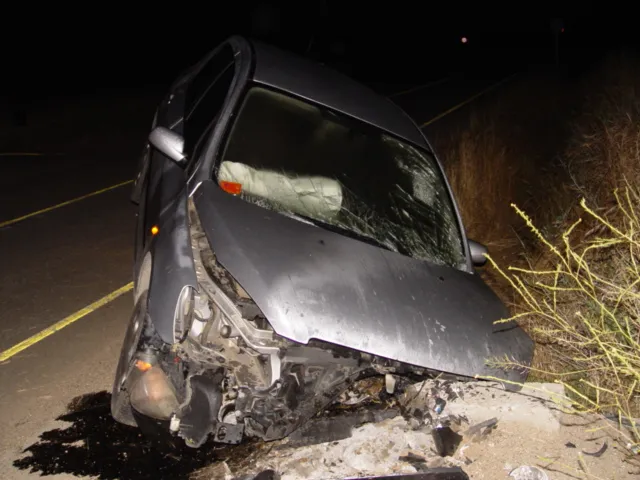A new Swedish safety device can reduce risks for pedestrians and other vulnerable road users. The Amparo SeeMe warning system is said to reduce traffic speeds and raise driver awareness for cyclists or at pedestrian crossings. The system links an automatic radio tag carried by the pedestrian or cyclist to trigger solar-powered lights on bus stops or at crossings, to provide warnings to drivers.
March 1, 2012
Read time: 1 min

A new Swedish safety device can reduce risks for pedestrians and other vulnerable road users. The 3472 Amparo SeeMe warning system is said to reduce traffic speeds and raise driver awareness for cyclists or at pedestrian crossings. The system links an automatic radio tag carried by the pedestrian or cyclist to trigger solar-powered lights on bus stops or at crossings, to provide warnings to drivers.
The Amparo SeeMe system is now in use across Sweden to boost safety for children travelling to and from school. These are in use in areas north of the Arctic Circle, as well as in three locations in Southern Sweden; near Eslöv, Gothenberg and Uppsala. Evaluations carried out by the Swedish National Road Administration show that SeeMe, when active, reduces the speed of passing vehicles by on average 13km/h.
The Amparo SeeMe system is now in use across Sweden to boost safety for children travelling to and from school. These are in use in areas north of the Arctic Circle, as well as in three locations in Southern Sweden; near Eslöv, Gothenberg and Uppsala. Evaluations carried out by the Swedish National Road Administration show that SeeMe, when active, reduces the speed of passing vehicles by on average 13km/h.








